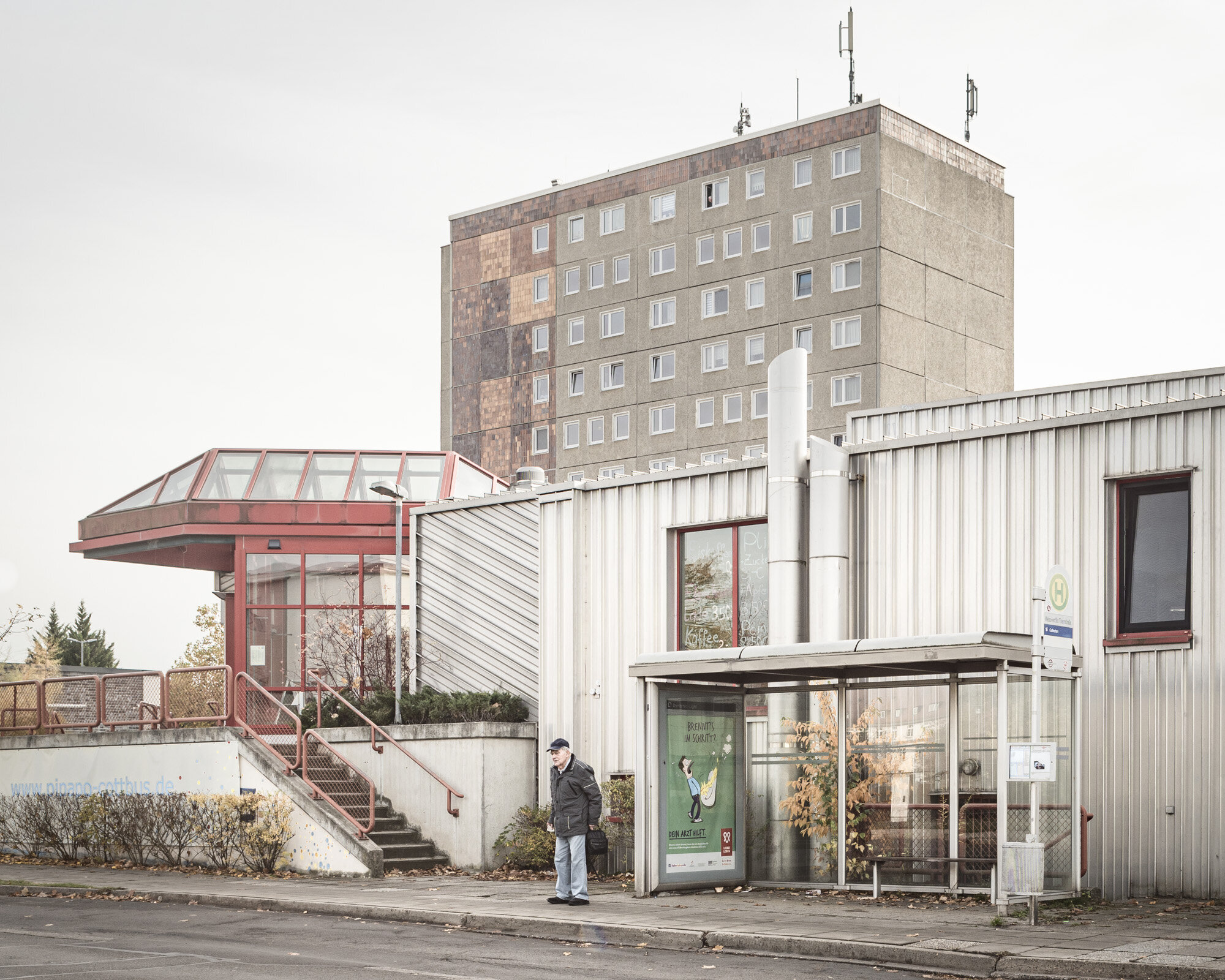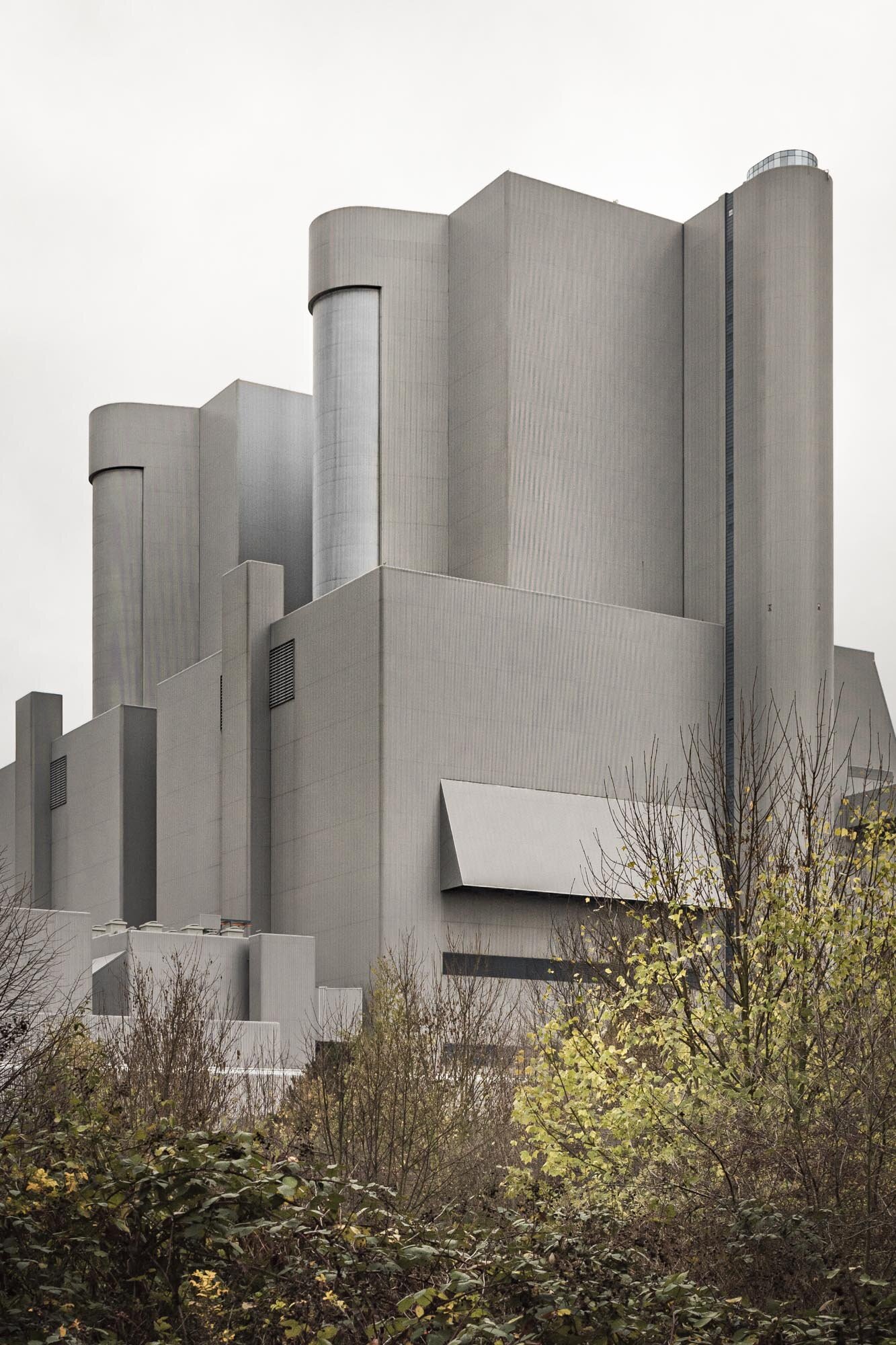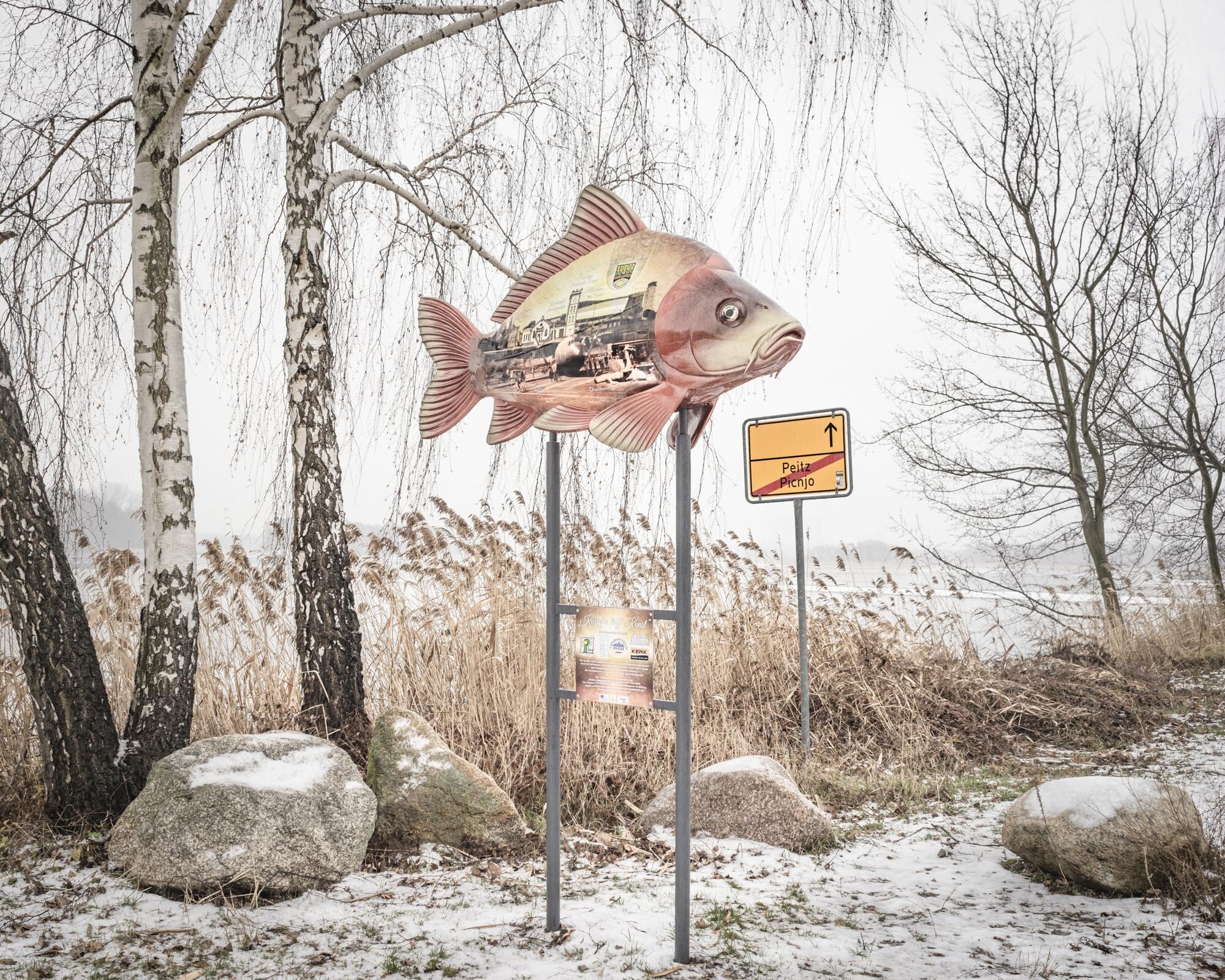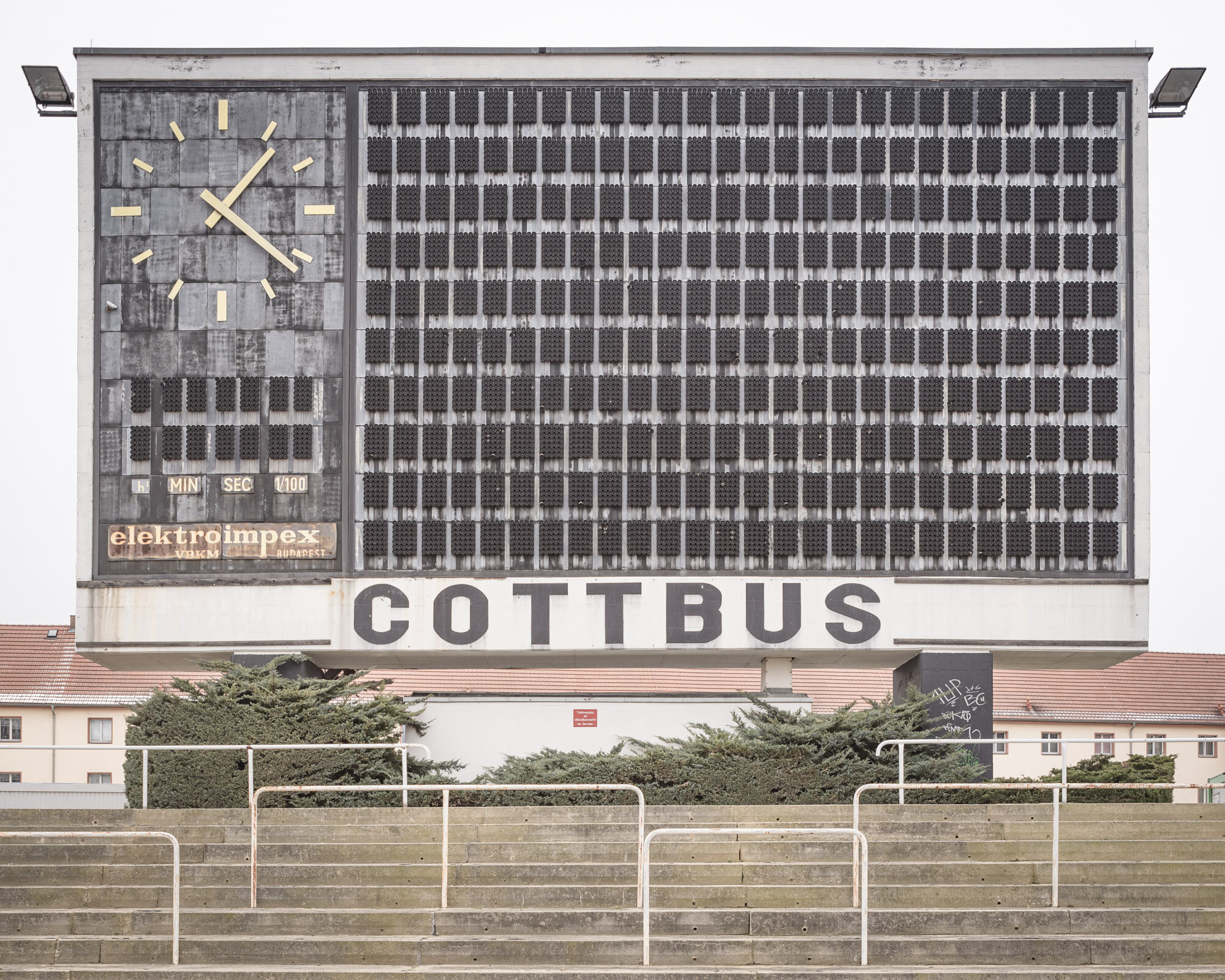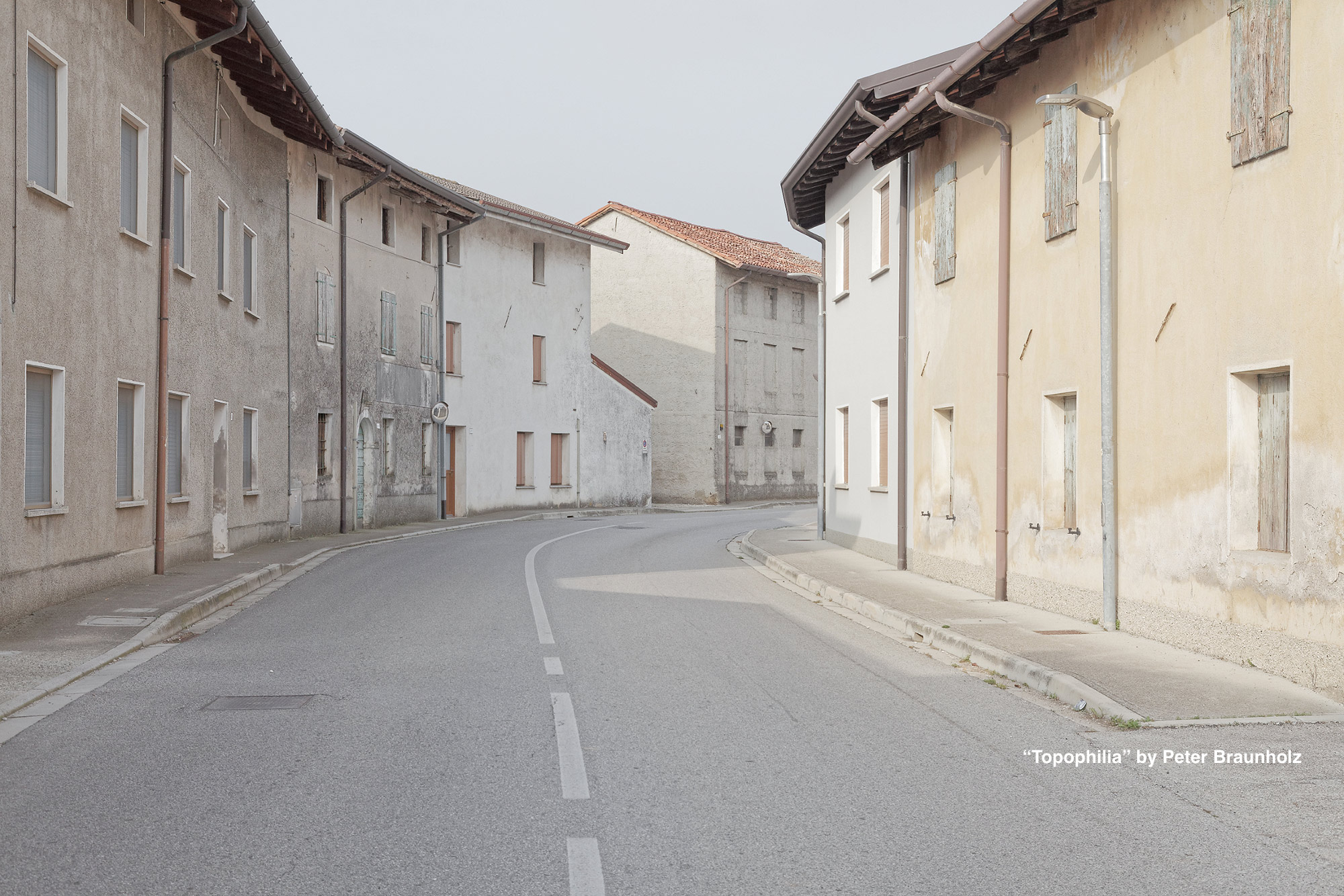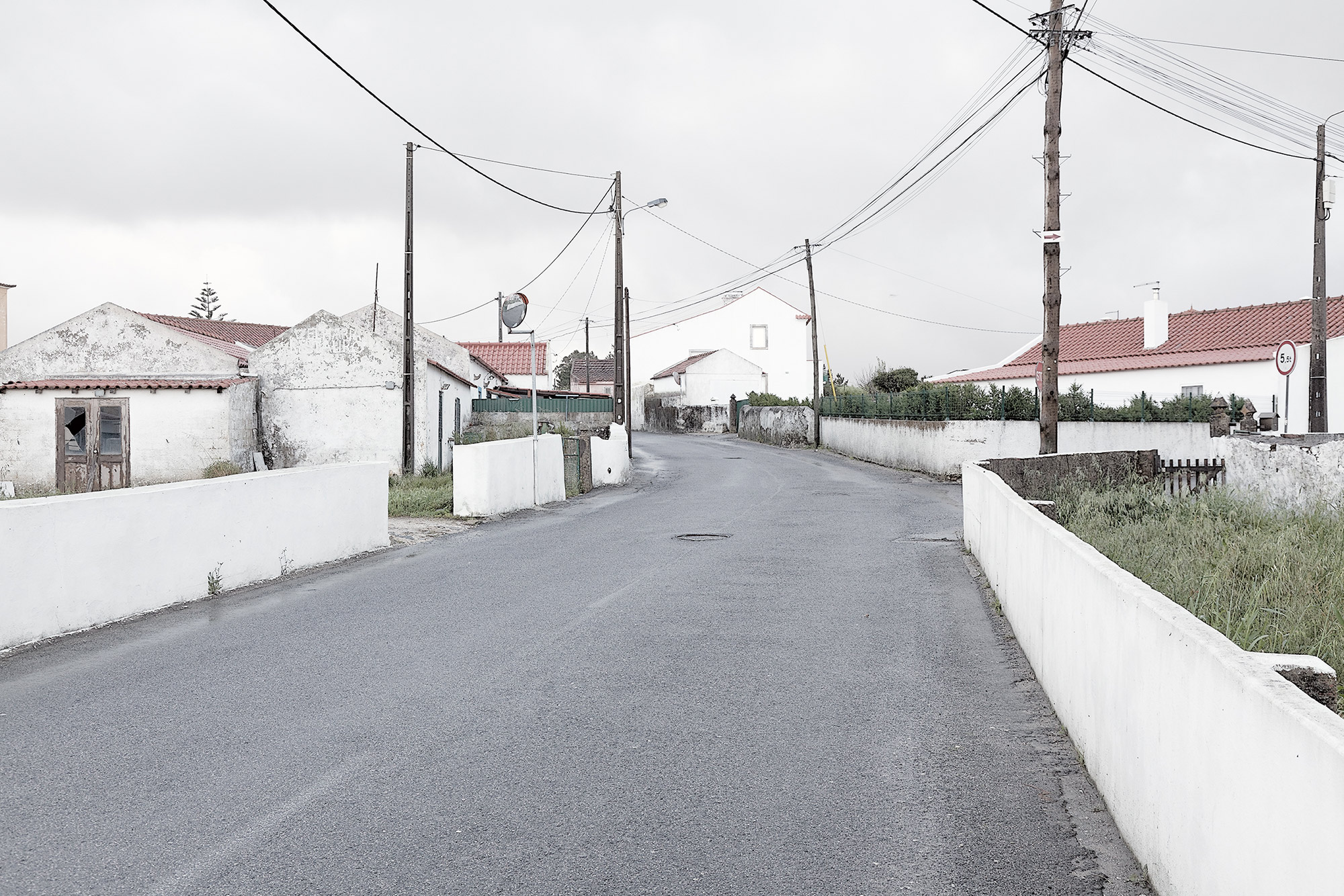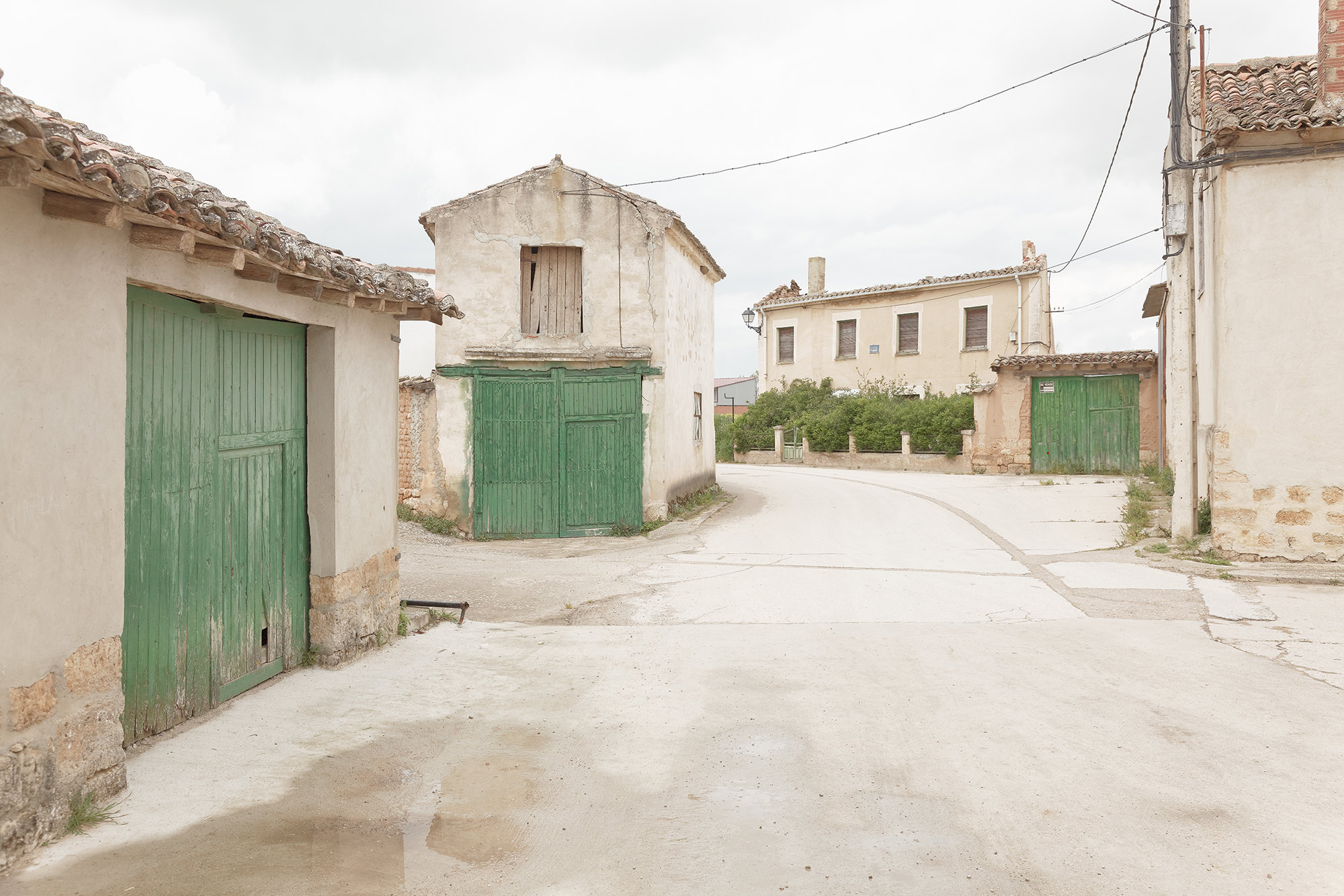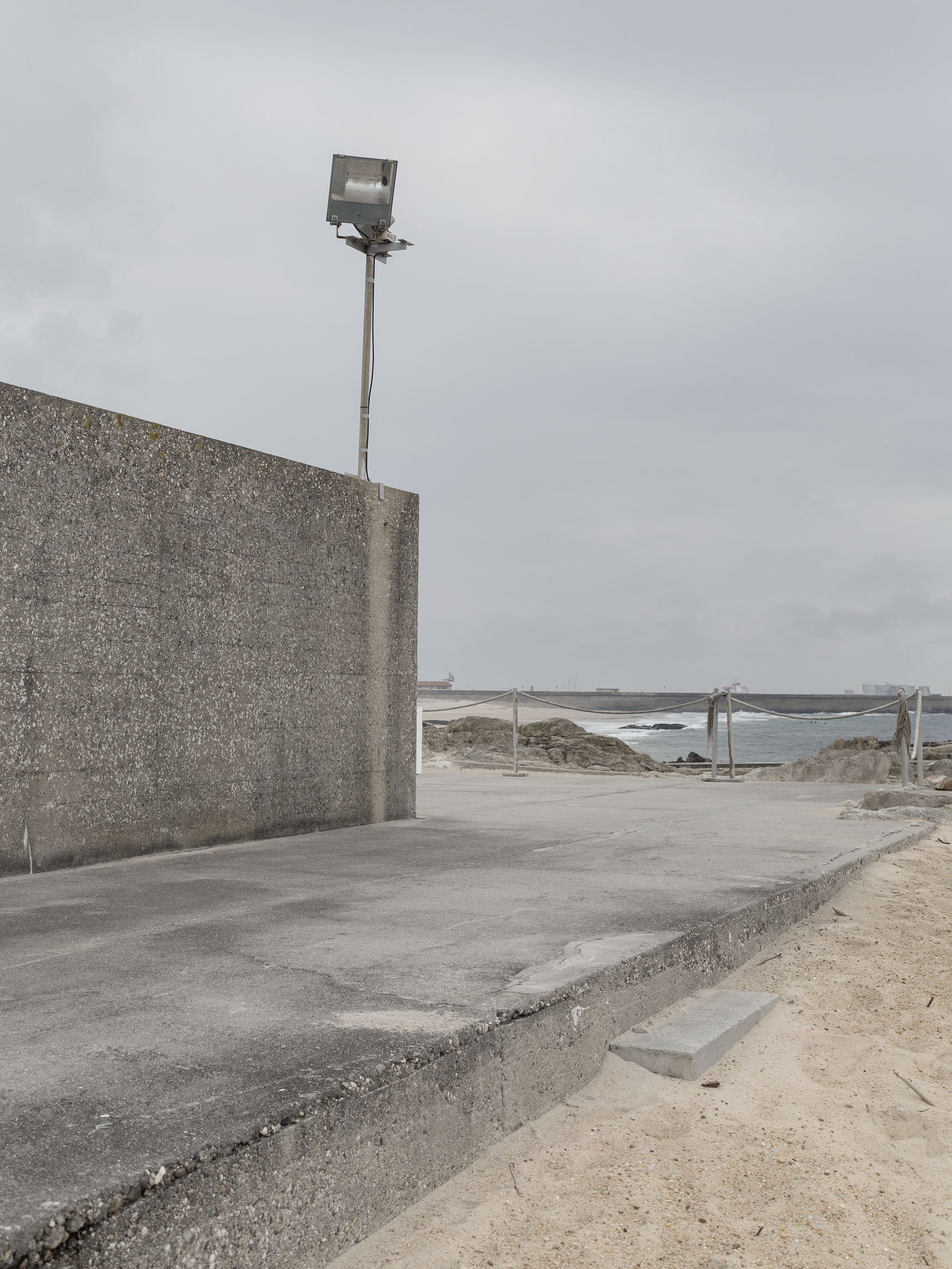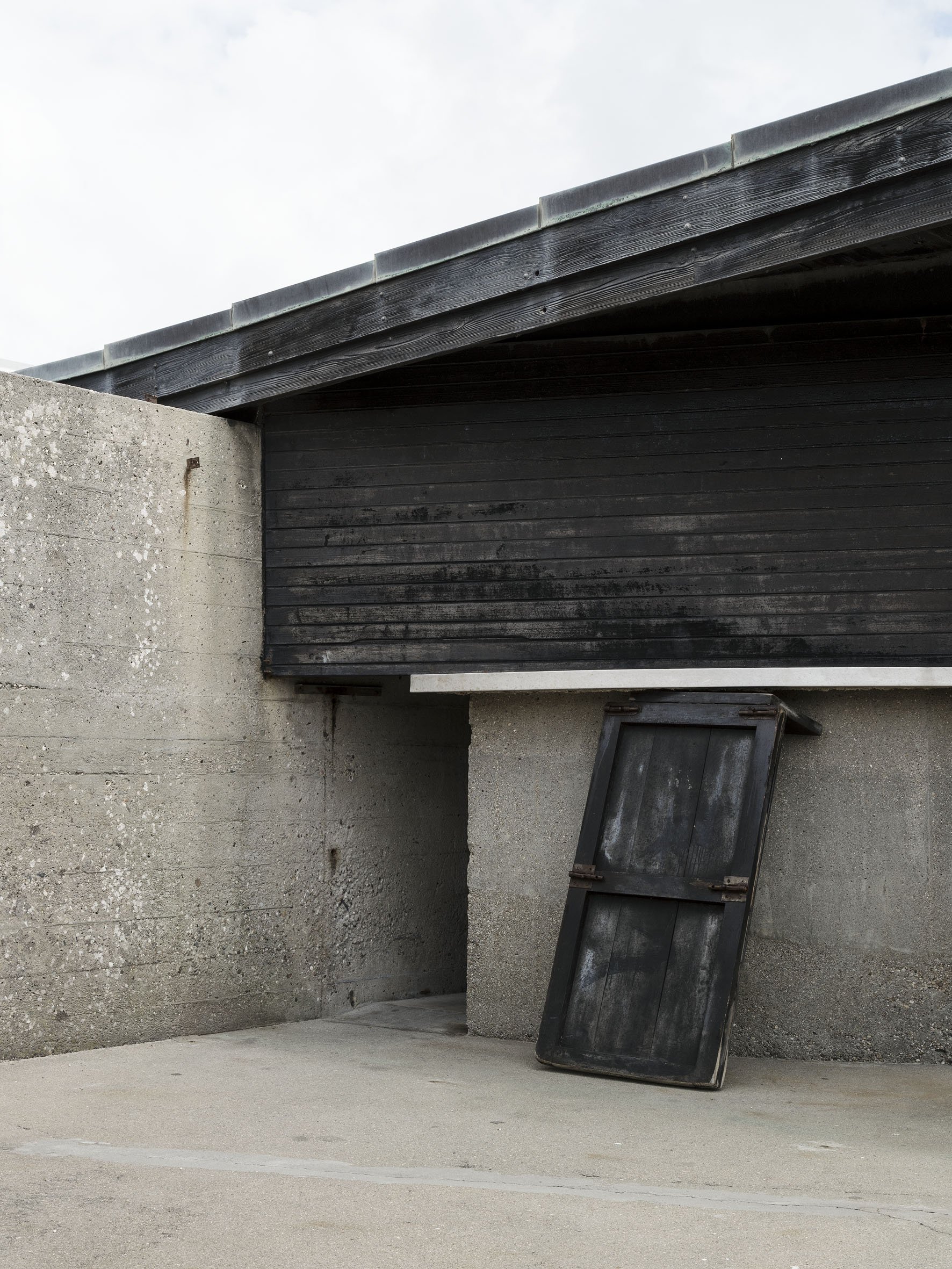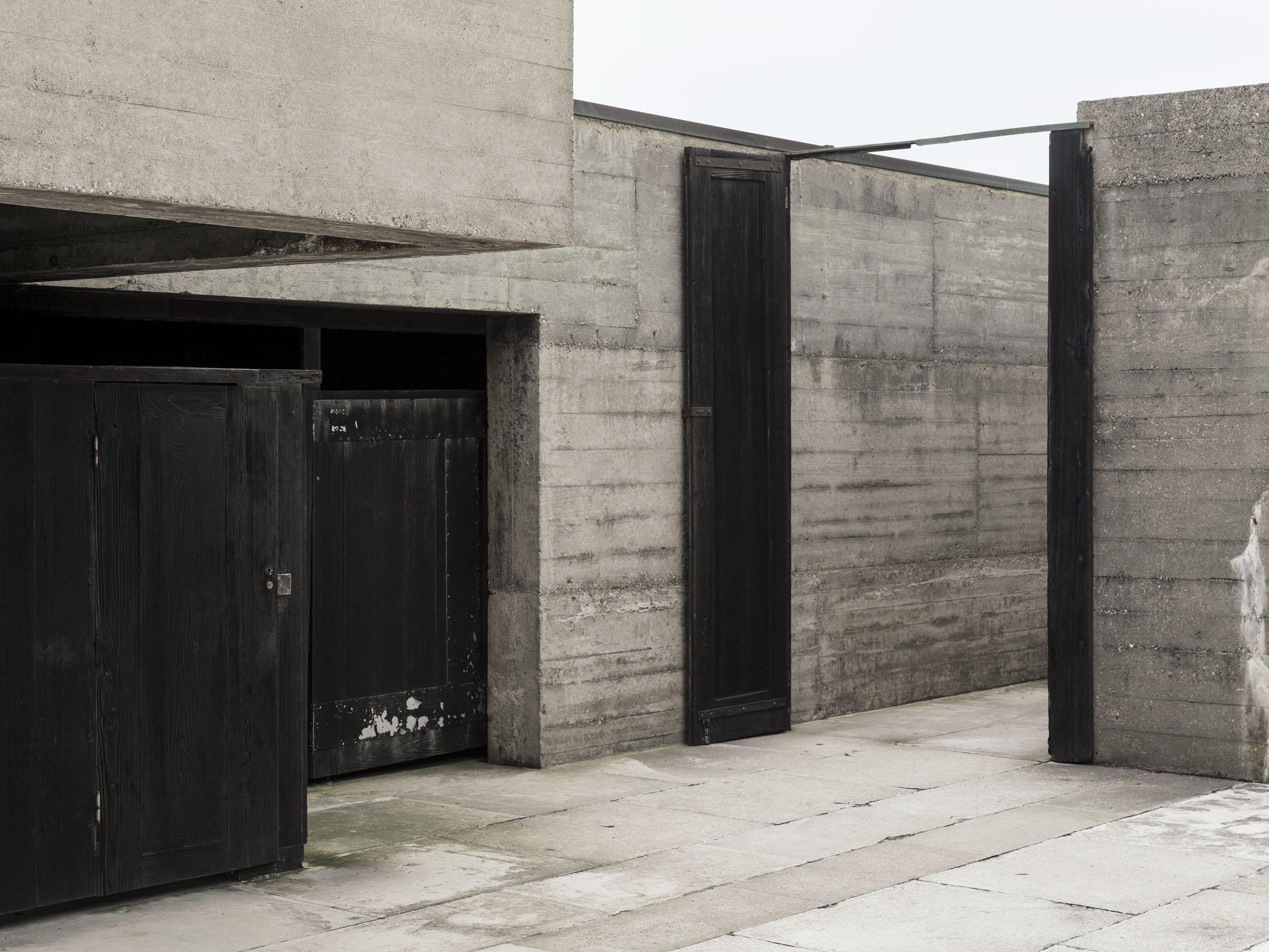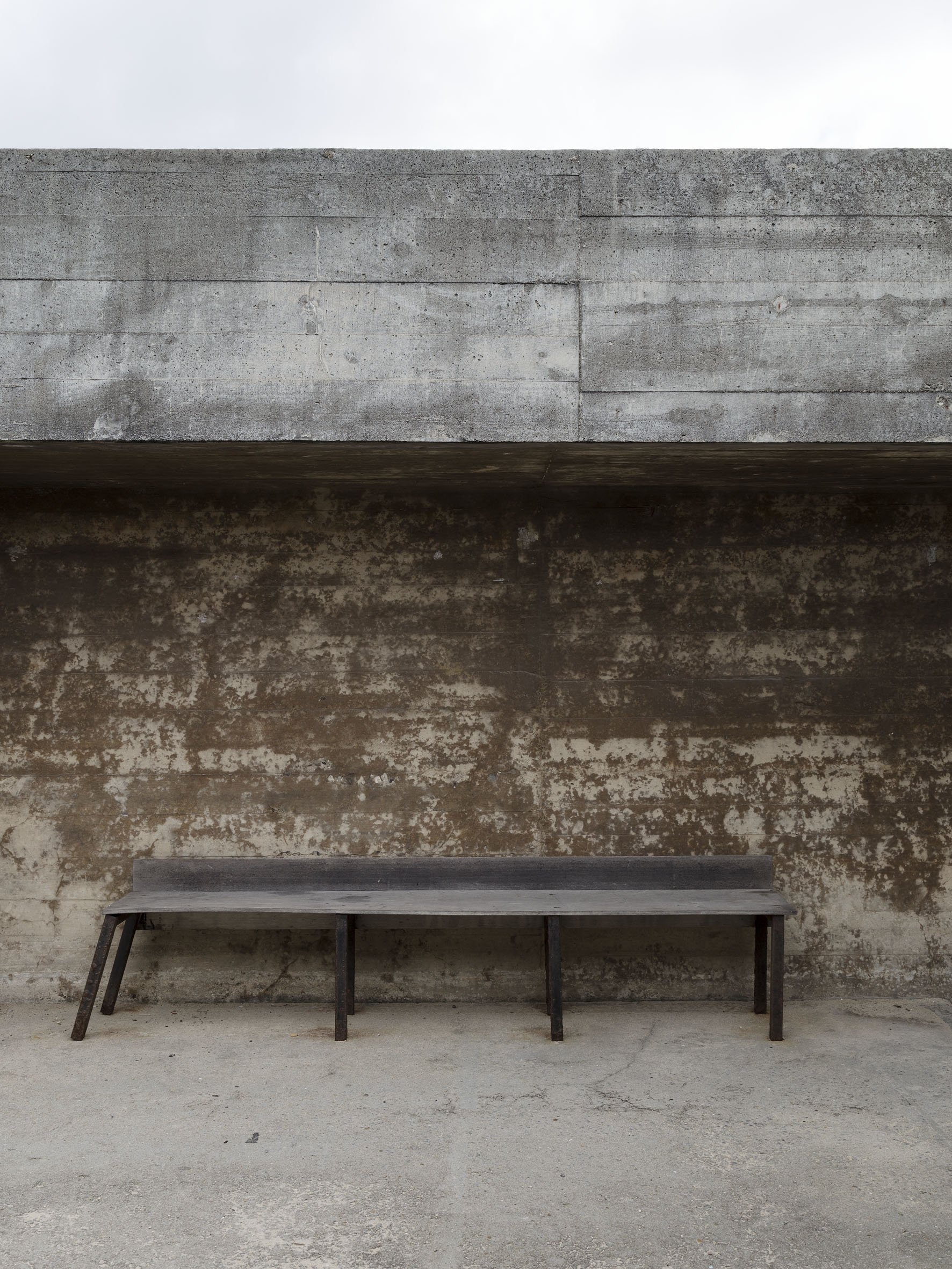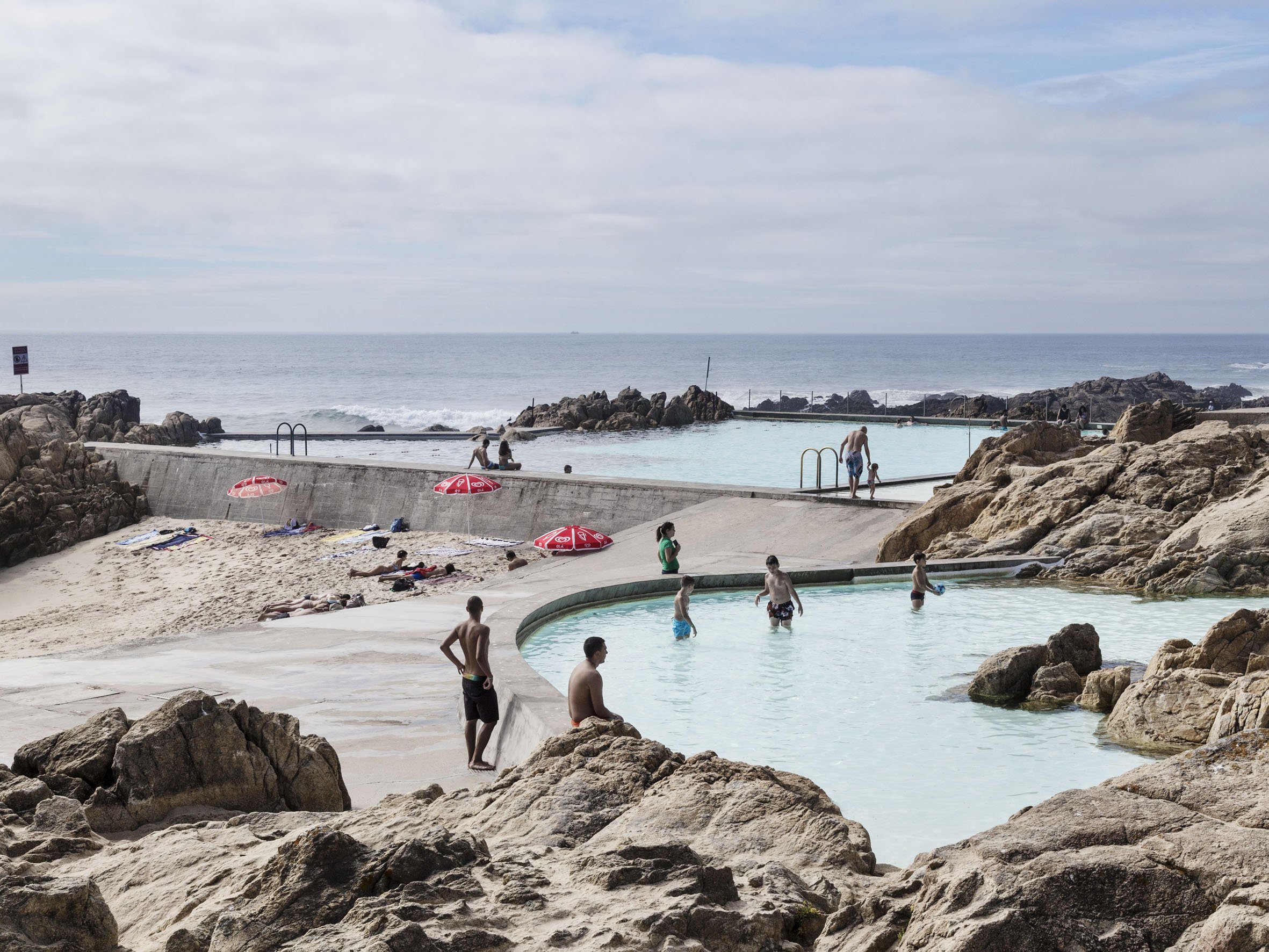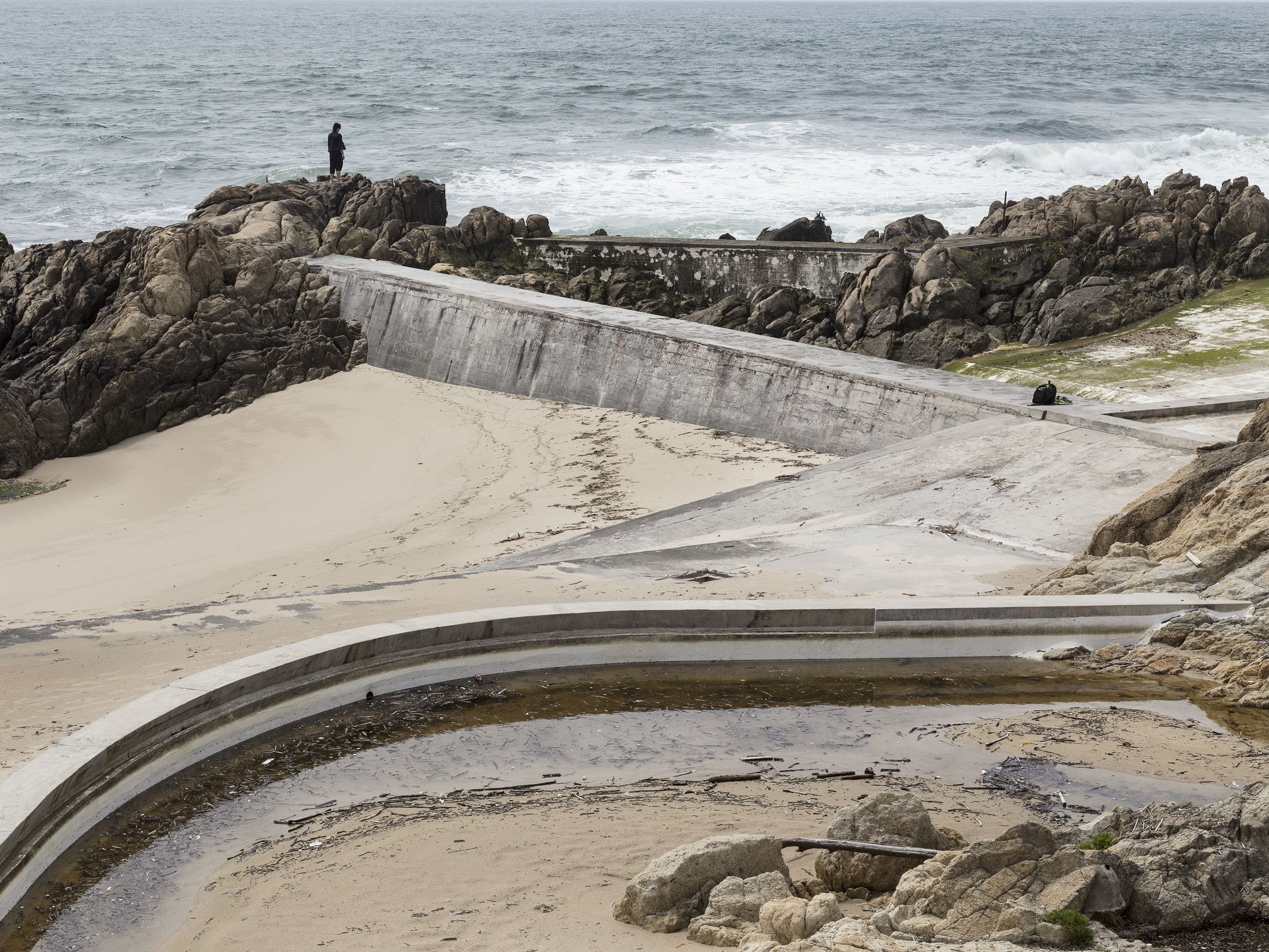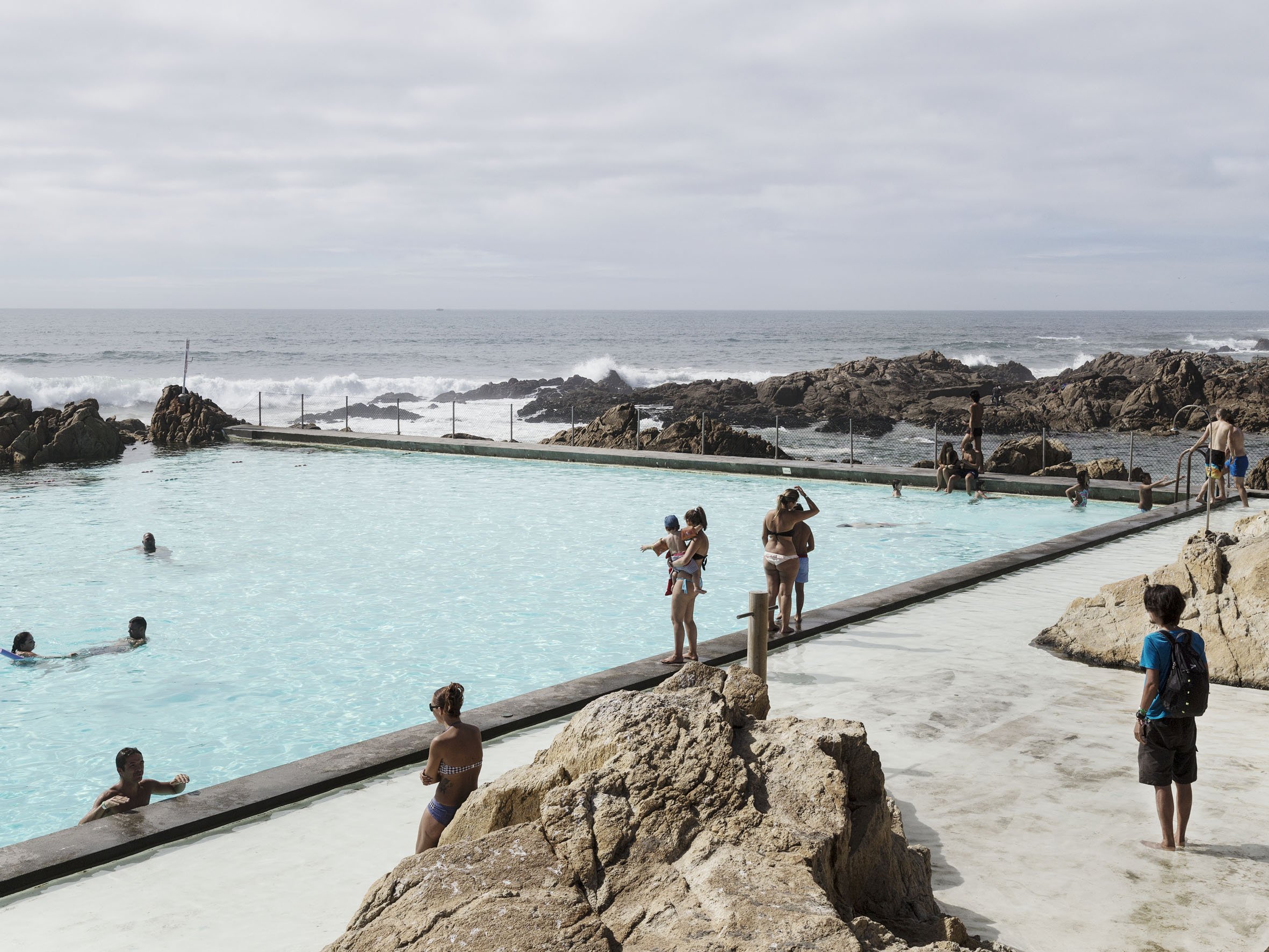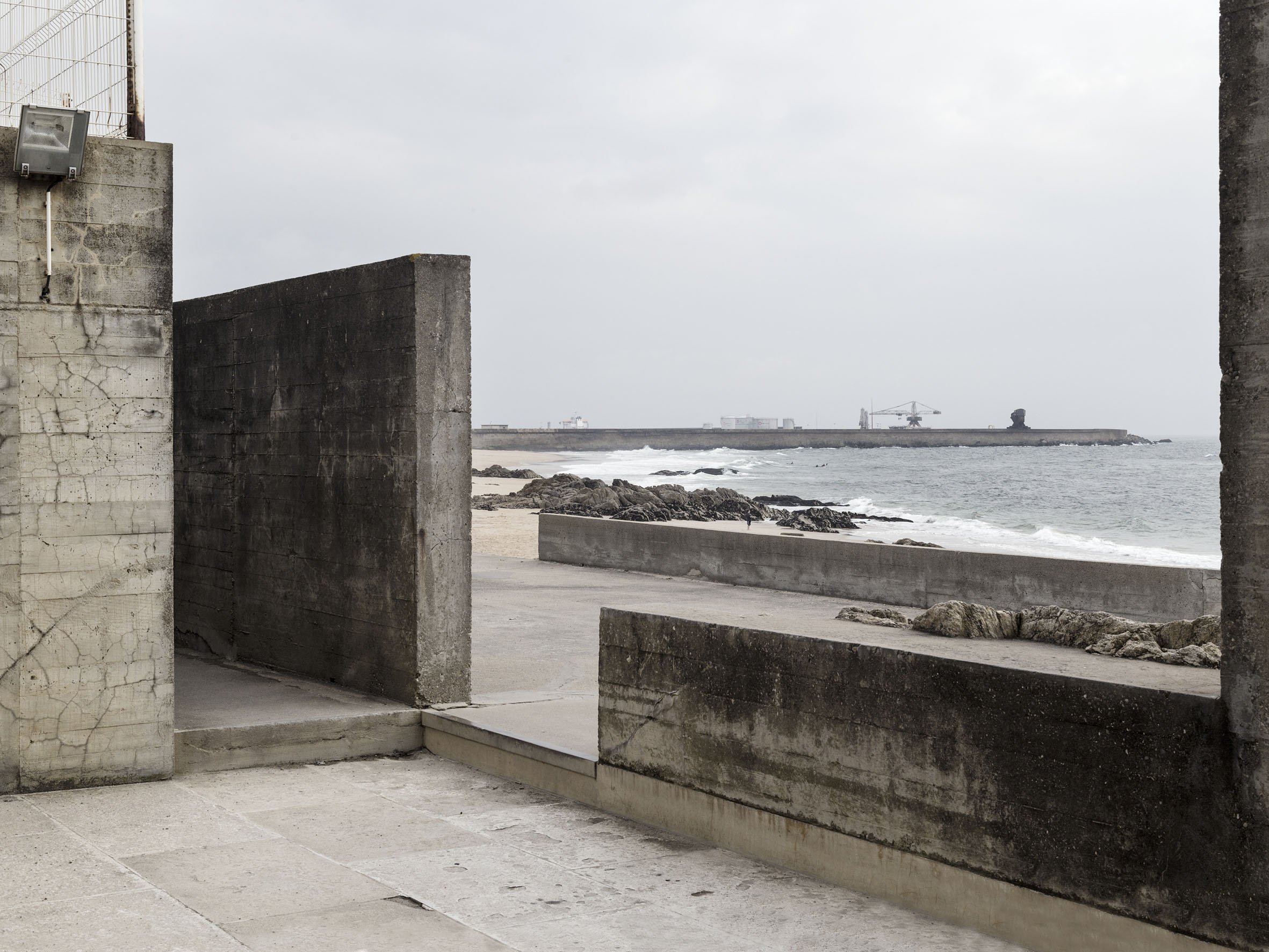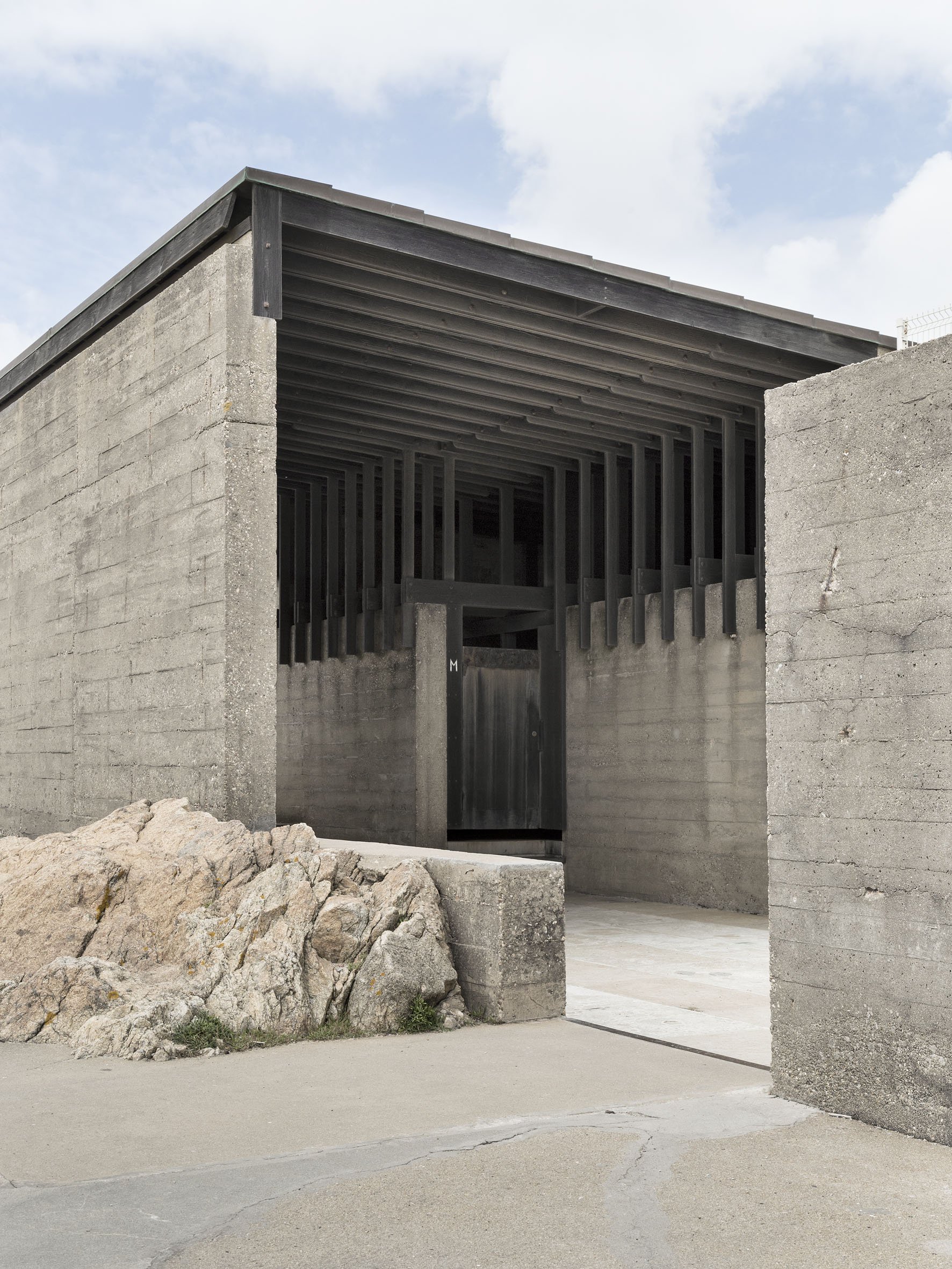CASA DE CHÁ BOA NOVA
BY HELDER SOUSA
A Casa de Chá Boa Nova resulta de um projecto apresentado num concurso organizado pela Câmara Municipal de Matosinhos. Fernando Távora foi o vencedor e entregou o projecto ao seu colaborador na altura, Álvaro Siza.
A abordagem aqui tomada passa pela atenção pormenorizada ao edifício, pelas suas características mais singulares, mas também pela sua maior característica, a implantação. Nas tomadas de vistas adoptadas, conseguimos perceber que se torna indissociável a forma do objecto com a sua implantação. Por vezes são mais intimistas, na tentativa de representar este edifício de forma mais isolada do seu contexto, para apresentar as suas formas mais distintas. Quando a abordagem se distancia, podemos ver como a sua implantação está em pura sintonia com a paisagem natural à qual já pertence.
Bio
Helder Sousa é fotógrafo diplomado em Artes Plásticas pela FBAUP em 2007 e Mestre em Fotografia e Cinema Documental pela ESMAE-IPP em 2012 com o projecto Unfinished Projects. Nesse mesmo ano participou na I Edição do Projeto Conviver na Arte, Campo de Estudos de Fotografia realizado em Portalegre, promovido pela Fundação Robinson. Em 2013 foi fotógrafo convidado da revista J-A nº247, a convite dos arquitectos André Tavares e Pedro Baía. No final de 2013 é convidado pelo arquitecto Pedro Bandeira para fazer um levantamento da Aldeia da Luz, 11 anos após a sua inauguração, no qual surge o projecto Do Mito ao Nada. Em 2014 foi convidado pelo gabinete de arquitectura ADOC e pelo arquitecto Miguel Eufrásia, para participar na Bienal de Arquitectura de Veneza, com o trabalho Unfinished Projects no jornal Homeland, Notícias de Portugal. No ano de 2019 participou na I edição da Bienal de Fotografia do Porto com o trabalho Casa de Chá da Boa Nova que resultou no projecto de investigação, Mapeamento de Fotografia Documental e Artística - um olhar Contemporâneo sobre a Arquitectura Portuguesa (MFDAARP | FAUP) publicado pela editora Scopio. Actualmente vive e trabalha em Berlim como fotógrafo e artista 3D em archviz.





















